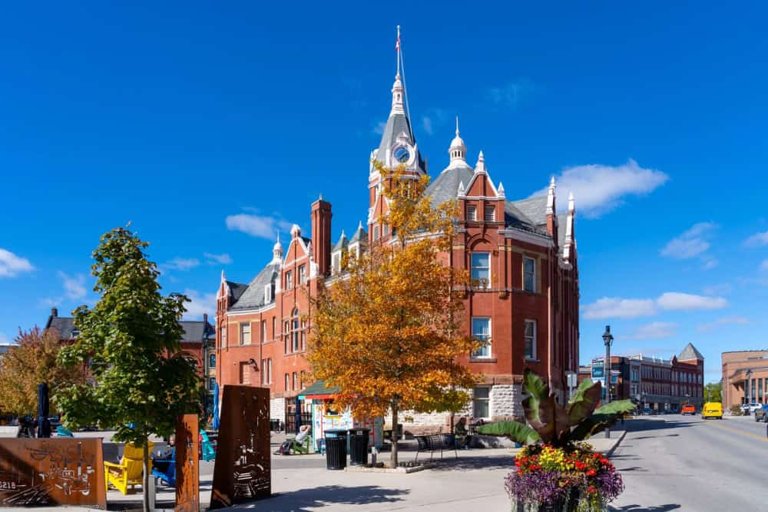Across Canada, a growing number of creative professionals—writers, designers, photographers, and digital freelancers—are relocating to small and remote communities in search of more affordable living and stronger connections to nature. These locations offer a slower pace of life, scenic surroundings, and a sense of space that urban centres often lack. As housing costs rise and flexible work arrangements become more common, many workers are discovering that smaller communities provide the balance, comfort, and inspiration they need to sustain long-term creative work.
Local officials in these towns have observed the trend with enthusiasm, noting that creative workers bring an infusion of energy and entrepreneurial spirit. Many newcomers launch small businesses, join local arts groups, or contribute to community projects. Their presence often leads to the opening of independent cafés, studios, and boutique shops that reflect a renewed sense of identity. Residents say this cultural momentum helps strengthen community pride and encourages collaboration between long-time locals and new arrivals.
One of the most significant advantages remote communities offer is access to natural landscapes that fuel creativity. Whether it’s a lakeside cabin in northern Ontario or a mountain-view home in British Columbia, many creative workers say their best ideas emerge when they have daily exposure to peaceful, spacious environments. This connection to nature not only influences their work but also helps reduce stress, supporting a healthier, more sustainable lifestyle.
Technology has played a central role in making remote living more feasible. High-speed internet, improved digital tools, and widespread use of video meetings allow creative professionals to stay deeply connected with clients, collaborators, and audiences worldwide. For many, this digital accessibility provides the freedom to choose lifestyle first and location second—an advantage that was nearly impossible just a decade ago.
Communities themselves are adapting to welcome creative newcomers by offering shared workspaces, cultural events, and mentorship opportunities. Some small towns have launched initiatives to attract remote workers by showcasing their natural amenities, affordable housing, and growing arts scenes. These efforts not only help diversify local economies but also foster stronger social networks among residents who share a passion for creativity and innovation.
Although remote living has many benefits, newcomers still face challenges such as adjusting to slower services, limited amenities, or a smaller social circle. However, many say that the trade-offs are worthwhile because the sense of belonging, community support, and creative inspiration far outweigh the inconveniences. As remote work continues to grow across Canada, creative workers are likely to play a key role in shaping the future identity and vitality of smaller towns nationwide.
